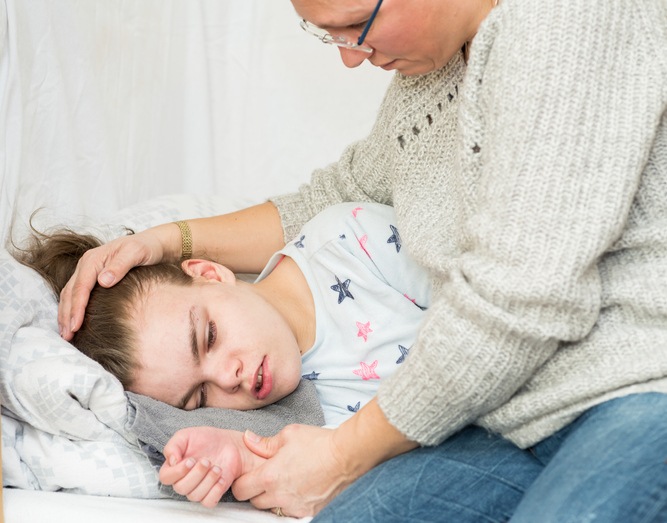
Acute kidney injury (AKI) is a common complication among hospitalized children and neonates. In recent decades, the incidence of dialysis-treated AKI among hospitalized children has increased significantly. There are associations between pediatric AKI and increased hospital length of stay, mortality, and health care costs. Results of previous studies have demonstrated that the long-term risks of chronic kidney disease (CKD), hypertension, kidney failure, and death are higher in children with dialysis-treated AKI.
AKI is associated with postdischarge heath care utilization and costs in adults. There are limited data regarding long-term follow-up and health care utilization and costs in children. Cal H. Robinson, MD, and colleagues conducted a retrospective cohort study to evaluate health care utilization and physician follow-up patterns following dialysis-treated AKI in a pediatric population. Results were reported in the American Journal of Kidney Diseases [2023;81(1):79-89].
The study cohort included all children 0 to 18 years of age who were hospitalized in Ontario, Canada, between 1996 and 2017. Individuals were excluded if they were not residents of Ontario; had metabolic disorders or poisoning; and had received dialysis or kidney transplant prior to admission, a kidney transplant by 104 days following discharge, or were receiving dialysis 76 to 104 days from dialysis start date.
The study exposure was episodes of dialysis-treated AKI, identified using validated health administrative codes. Survivors of AKI were matched to four hospitalized controls without dialysis-treated AKI by age, sex, and admission year. The primary outcome of interest was post-discharge hospitalizations, emergency department (ED) visits, and outpatient physician visits. Secondary outcomes included outpatient visits by physician type and composite health care costs.
Negative binomial regression models were used to determine the association between dialysis-treated AKI status and rehospitalizations, ED visits, and outpatient physician visits.
A total of 1688 hospitalized pediatric patients with dialysis-treated AKI were matched with 6752 patients hospitalized without dialysis-treated AKI between April 1996 and March 2017. Median age for the two groups was similar (5 years vs 5 years), as was sex distribution (45.9% female vs 45.9% female). As of the index hospitalization, 27.0% (n=455) of the dialysis-treated AKI survivors and 21.6% (n=1458) of the control group were <1 year of age.
At baseline, the prevalence of complex chronic disease was higher in the dialysis-treated AKI survivor group compared with the control group (29.5% vs 12.6%, respectively). Patients in the dialysis-treated AKI group were more frequently admitted to an academic children’s hospital (77.2% vs 32.0% in controls) and more frequently admitted to the intensive care unit compared with controls (65.8% vs 8.8%, respectively). Among those in the dialysis group, 7.1% (n=111) had cardiac surgery prior to their index date, and 33.6% (n=568) underwent cardiac surgery during the index hospitalization. Baseline health care utilization was similar between the groups.
Duration of follow-up was similar in the two groups (median of 9.1 years in the dialysis recipients vs 9.8 years in the control group). During the analyzed follow-up years, kidney failure with replacement therapy (maintenance dialysis or kidney transplant) occurred in 44 dialysis recipients (2.6%) versus 10 in the control group (0.1%). De novo CKD occurred in 213 patients in the dialysis group (13.1%) compared with 113 patients in the control group (1.7%).
For all outcomes (rehospitalization, ED visits, and outpatient physician visits) and throughout the follow-up period, rates of health care utilization were higher in the dialysis-treated AKI survivor group than in the control group. Rates of health care utilization were higher within 1 year after the index date than in other follow-up periods.
During the first year of follow-up, rates of rehospitalization for dialysis-treated AKI survivors were twice that of the control group (879.3 vs 432.77 events per 1000 person years, respectively).
In both groups, more than 90% visited a primary care provider by 1 year after the index date (92.2% in the dialysis group vs 90.9% in the control group). In the dialysis-treated AKI survivor group, only 18.6%, 24.6%, and 26.8% had a nephrology follow-up visit by 1, 5, and 10 years, respectively. Nephrologist follow-up within 1 year after the index date was less common in the dialysis-treated AKI survivors who underwent cardiac surgery than among those who did not undergo cardiac surgery (7.6% vs 24.2%, respectively).
Patients in the dialysis-treated AKI survivors group had a nephrology visit significantly sooner than those in the control group; the difference was greatest in the first year of follow-up. In adjusted regression analyses, exposure to dialysis-treated AKI was associated with an increased risk of rehospitalization (adjusted rate ratio [aRR], 1.46; 95% CI, 1.25-1.69; P<.001) and with increased risk of outpatient visits (aRR, 1.16; 95% CI, 1.09-1.23; P=.01). There was no increased risk of visits to the ED.
Composite health care costs among patients in the dialysis-treated AKI survivors group totaled $18 million Canadian dollars (CAD) within 1 year after the index date and $44 million CAD by 10 years. Median cost per person-year for dialysis recipients was three times that of patients in the control group in the first year ($2633.5 vs $881.0 per person-year). That relationship stayed consistent at the end of follow-up (median costs, $2549.1 per person-year for dialysis recipients and $887.8 per person-year for controls).
The researchers cited some limitations to the study findings, including the use of administrative database research that creates the possibility of miscoding of study exposure or outcomes, the possibility of residual confounding, and lack of data for health care costs before 2006 and for ED visits before 2001.
“In summary,” the researchers said, “we found that dialysis-treated AKI survivors had higher long-term rehospitalization rates, outpatient visit rates, and health care costs but no difference in ED visits versus hospitalized controls. Nephrologist follow-up was infrequent after dialysis-treated AKI. The increasing incidence of dialysis-treated AKI places a significant burden on Ontario’s health care system. Further research should evaluate the impact of dedicated post-AKI clinics and other tertiary prevention strategies on patient outcomes, including health care utilization.”
Takeaway Points
- Researchers reported results of a study designed to examine health care utilization and physician follow-up patterns following dialysis-treated acute kidney injury (AKI) in a pediatric population in Ontario, Canada.
- Compared with matched controls, dialysis-treated AKI survivors had higher rates of rehospitalization and emergency department visits during the analyzed follow-up periods (0-1, 0-5, and 0-10 years postdischarge).
- Health care costs were higher in patients in the dialysis-treated AKI survivor group compared with patients in the control group ($2633 vs $881 per person-year, respectively).

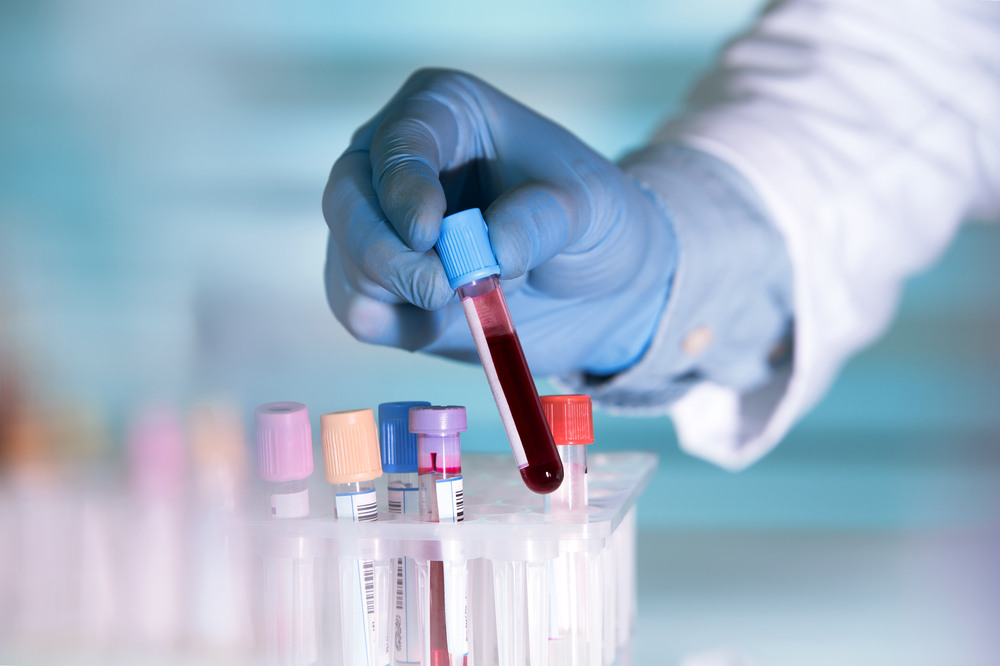
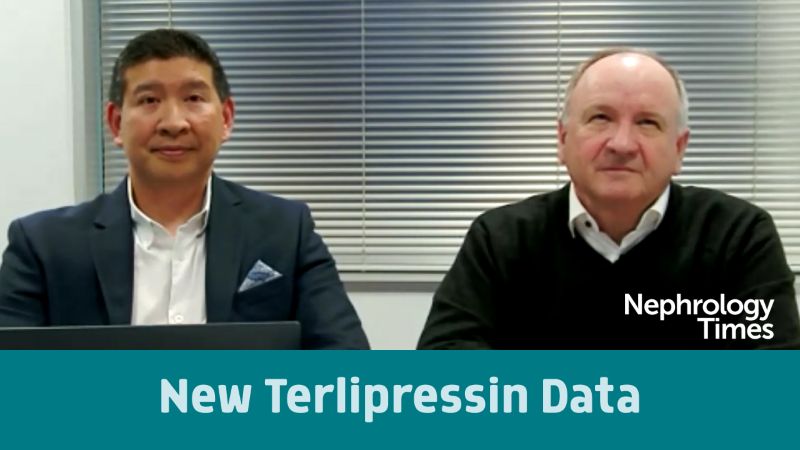
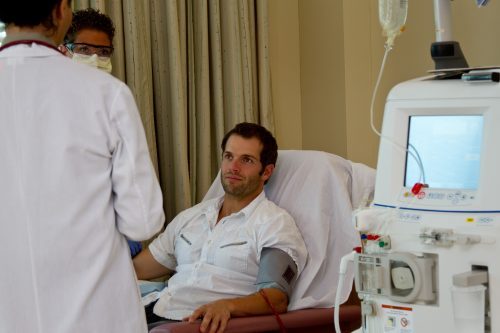

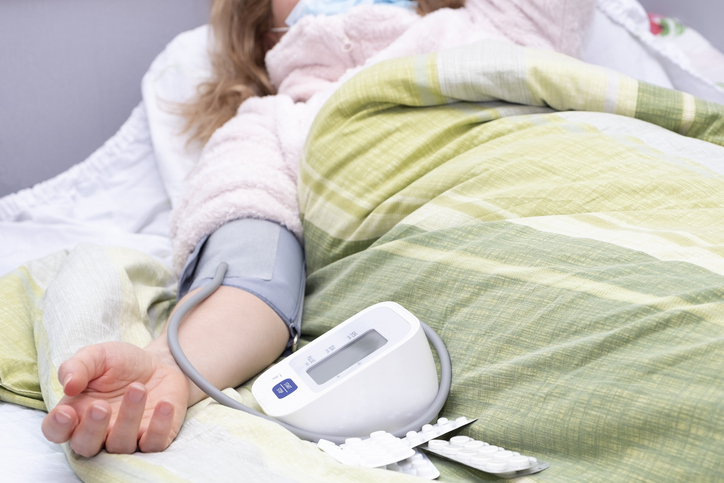

 © 2025 Mashup Media, LLC, a Formedics Property. All Rights Reserved.
© 2025 Mashup Media, LLC, a Formedics Property. All Rights Reserved.